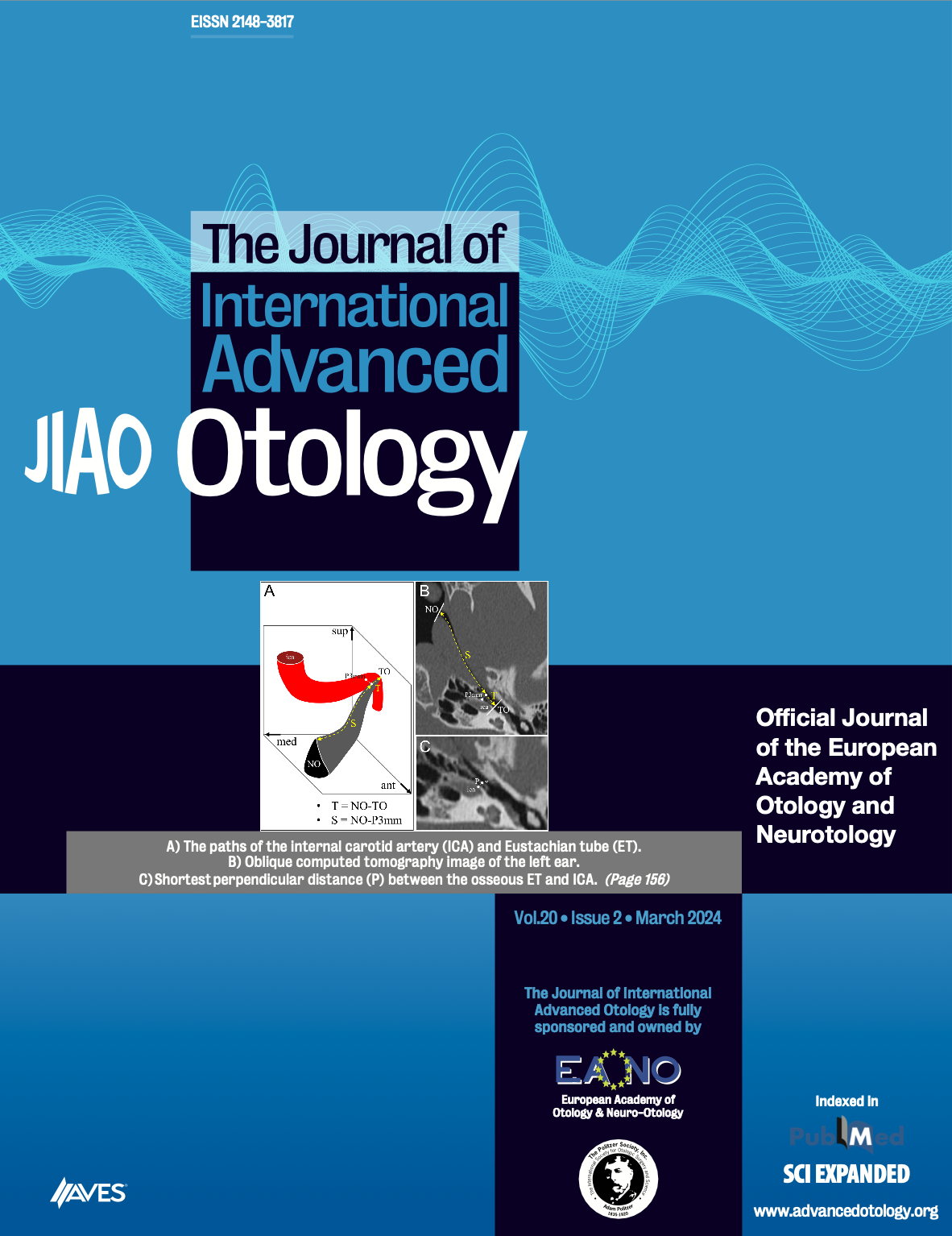Abstract
OBJECTIVES: To predict round window niche (RWN) visibility using high-resolution computed tomography (HRCT).
MATERIALS and METHODS: We retrospectively reviewed the pre-surgical axial HRCT scan of 110 patients who underwent cochlear implantation and compared the CT visibility of RWN with the intraoperative findings by reviewing the operative notes and replaying the surgical video recording. The shape of RWN was determined using the HRCT slice with maximum RWN visibility. Accordingly, it was classified as the O-shaped or C-shaped RWN. Based on the surgical view, RWN visibility was classified as clearly visible or difficult to visualize. Radiological findings were correlated with the surgical view.
RESULTS: Seventy-six cases (69%) showed clear RWN visibility; of them, 66 correlated with the HRCT finding C-shaped RWN. Of the other 34 cases (31%) with difficult RWN visualization, 26 correlated with the HRCT finding O-shaped RWN. The sensitivity and specificity of the HRCT finding in predicting the difficulty in visualization of RWN were 79.4% and 86.8%, respectively.
Conclusion: The RWN shape on HRCT can be a simple and useful method in predicting RWN visibility through posterior tympanotomy approach in cochlear implantation.
Cite this article as: Elzayat S, Mandour M, Lofty R, Mahrous A. Predicting Round Window Visibility During Cochlear Implantation Using High Resolution CT Scan. J Int Adv Otol 2018; 14(1): 15-7.



.png)
.png)